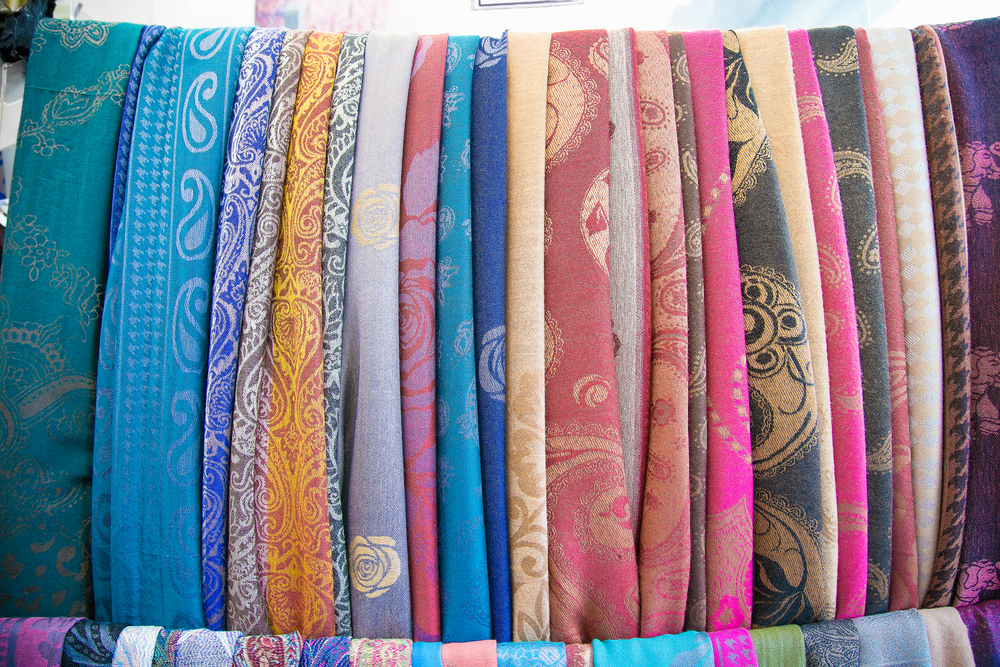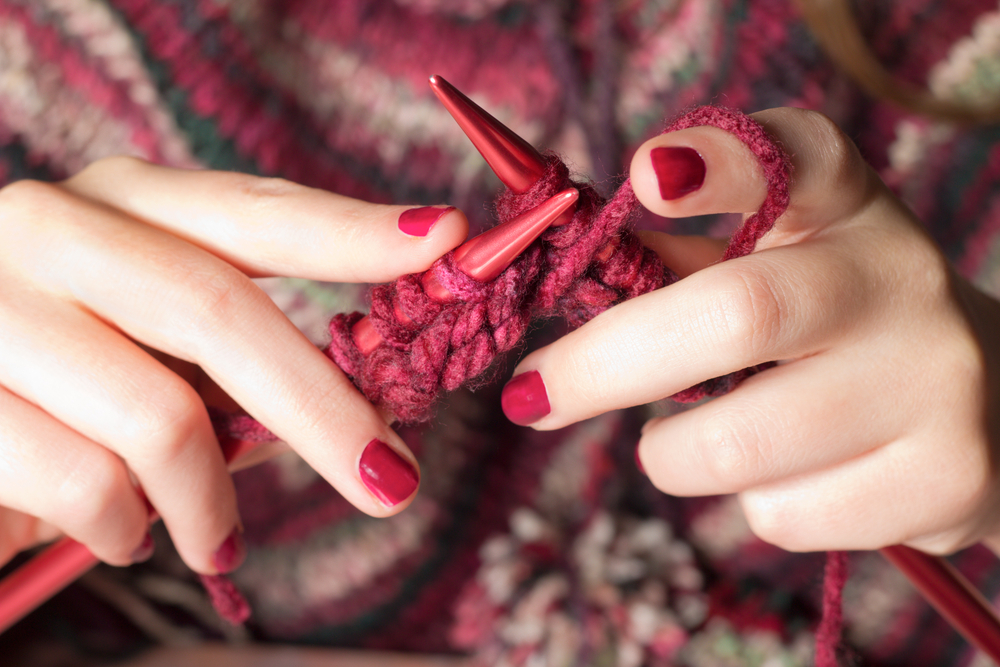Whether you’re headed out to the local outdoor ice rink on a winter’s eve or taking your pup on a short walk around the neighborhood in the cool fall weather, you’ve likely donned your favorite scarf. One of the most versatile accessories there is, a scarf can be anything from an artistic piece to an expression of your fashion to a tiny warm blanket for your neck, allowing you to stay out and have fun much longer than you could otherwise. There’s no doubt that this accessory is essential for a fall and winter wardrobe, but have you ever wondered about its history?
Ancient Origins
The origins of the scarf, much like the origins of many modern items, date all the way back to Ancient Egypt. Queen Nefertiti is said to be the original wearer of a scarf as it is believed that she wore one beneath an extravagant jeweled headpiece.
Another possible origin of the scarf was in Ancient China. Fringed rectangular scarves were discovered on the sculptures of Ancient Chinese soldiers. In addition, during Emperor Cheng’s rule around 230 B.C. scarves were used as part of a military uniform in order to denote military rank.
Finally, for another one of the early iterations of the scarf, one would look at Ancient Rome. Rather than a military accessory, scarves were used as ‘sweat cloths’ by the Ancient Romans. When men were engaged in strenuous physical labor, they would keep a scarf on their person in order to wick away sweat. They would be worn either around the neck, over the shoulder, or knotted around their waist like a belt.
Fashion Accessory
As history progressed, there came a period where the scarf began to be viewed as more of a fashion accessory. Napoleon is said to have sent his first wife, Josephine, a cashmere scarf from India. Right around the same time, the Third Duke of Krakow allegedly created the first knit scarf. The accessory really became popular with Queen Victoria’s ascension in the 1800s. The Queen is said to have worn silk scarves as a fashion accessory, popularizing them among nobility as they were more expensive and differentiated them from the lower class.
Utility
The perception of scarves shifted once again during the First World War. Knitting became perceived as one’s ‘patriotic duty’ rather than a mere hobby and tons of scarves, gloves, and socks were knitted and sent to servicemen during this period. Troops were often battling harsh, wet, and cold conditions and accessories such as scarves were often lifesaving for them during the war. White silk scarves were even worn by pilots who used the soft fabric as a means to avoid neck chafing. During this time, silk began to be produced in the west and was used for many purposes including bags for gunpowder charges as silk leaves no residue when burnt.
Fashion & Functioin
Since silk had started to emerge in the west during wartime, many clothing brands began to produce silk accessories. One of the first groups to produce silk scarves after the war was Liberty of London, who specialized in bright prints which starkly contrasted the melancholy of the wartime.
Most notably, however, was when Thierry Hermes created the first luxury silk scarf in 1937. The company purchased raw silk directly from China, which was spun into yarn and then woven into a fabric that was twice as strong and heavier than any scarves that had preceded it. The designs also included hand-painted details, hand-rolled edges, and an Equestrian feel. These scarves became extremely popular and desirable, truly shifting the perception of scarves and fashion drastically.
With the introduction of Hermes’s designs, scarves were now viewed as a desirable fashion accessory. The problem was that they were purely for the elite as Hermes’s silk designs were very expensive. This changed with the introduction of rayon, also known as viscose. This slippery fiber with a semi-synthetic material was nicknamed the ‘artificial silk’ because it mimicked the look and feel of silk at a fraction of the price. This allowed scarf accessories to become more accessible to the masses.
The shift toward materials such as cotton, linen, and wool happened during World War II when women were encouraged to take up men’s jobs in factories. Instead of wearing scarves around their necks where they could be a possible safety hazard, women were encouraged to tie their hair up in a scarf, keeping themselves warm while preventing their hair from getting tangled into any equipment. From then on, scarves of various materials and styles became a staple of both fashion and function for women and men around the world.







